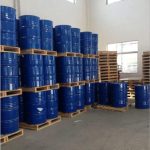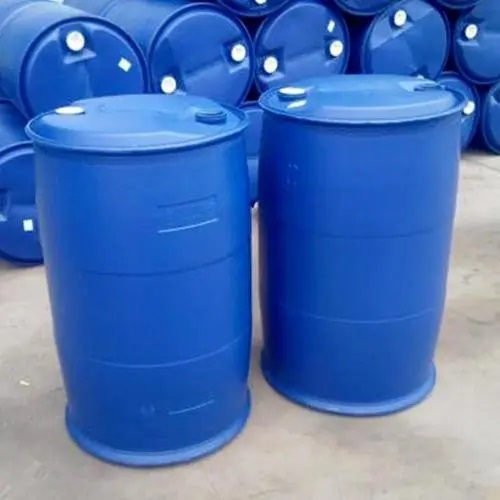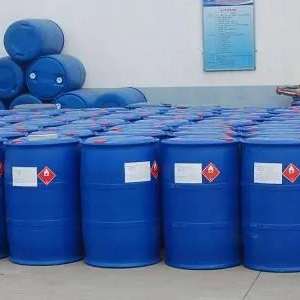
Ethylene glycol(MEG)
Ethylene glycol, also known as glycol, is the simplest aliphatic diol. It has the chemical properties of alcohols, such as being able to generate ethers and esters, being oxidized to generate aldehydes or acids, and being able to condense to generate ethers. It can also be substituted by halogens. When reacting with acyl chlorides or anhydrides, diesters are generally formed. When heated under the action of a catalyst (manganese dioxide, aluminum oxide, zinc oxide or sulfuric acid), it can be dehydrated intramolecularly or intermolecularly to generate cyclic ethylene glycol acetal, which reacts with nitric acid to generate ethylene glycol dinitrate (an explosive). Ethylene glycol is a raw material for the production of polyester resins, alkyd resins, and polyester fibers. It is also used as an antifreeze for automobiles and a refrigerant for aircraft engines. In 1980, the amount of ethylene glycol used in Chemicalbook antifreeze in the United States was equal to the amount used to produce polyester. In addition, high molecular weight compounds such as polyester fibers can also be synthesized. The combined use of ethylene glycol dinitrate and nitroglycerin can lower the freezing point of explosives. Ethylene glycol can also be used as a raw material for medicines and plastics and a high boiling point solvent. In industry, ethylene is used as raw material, which is first converted into ethylene oxide and then hydrolyzed to produce ethylene glycol. This product is fire and explosion hazard. It is irritating to the skin and mucous membranes. Inhalation of vapor or percutaneous absorption can produce anesthesia to the central nervous system and also cause kidney disorders. The oral LD50 of rats is 8540mg/kg. The maximum allowable concentration in the workplace is 5×10-6.








